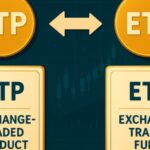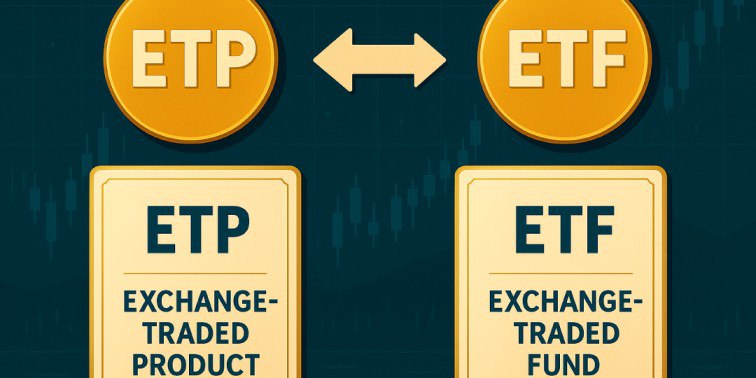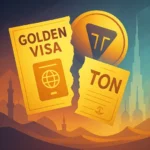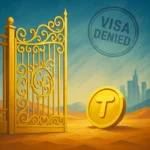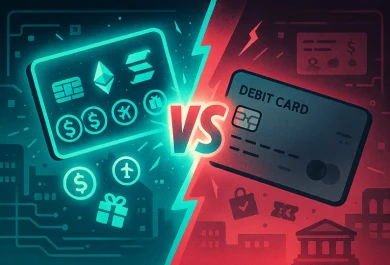ETP stands for Exchange Traded Products, while ETF, when expanded, means Exchange Traded Funds. These two terms are buzzwords in the financial markets. Although traders use ETP and ETF interchangeably, however, despite having no big differences, they do have their own identities. This topic is important to us, crypto readers, because there could be more crypto ETFs approved in the future. Getting a head start before the rest could help you make an informed decision. So let’s lay the foundation by asking the question,
What is an exchange-traded product (ETP)?
An exchange-traded product is a generic term that is used to identify a category of investment vehicles that are traded on public stock exchanges. ETPs are financial securities that track value from underlying assets such as stocks, commodities, currencies, or cryptocurrencies. You can trade these just like stocks, and the ETP price also fluctuates similarly to stocks.
Types of exchange-traded products
ETF: Exchange-traded funds (ETFs) are a basket or a collection of assets that can be traded on an exchange.
ETC: Exchange-traded commodities or cryptos (ETC) provide exposure to commodities like Gold, Silver, oil, and natural gas. These ETCs track the value of the commodities they are tied to.
ETNs: Exchange Traded Notes (ETN) are debt instruments that are usually offered by a bank or a financial institution. Just like the other two products, ETNs also track the price of the underlying asset. When you buy an ETN, you don’t own the underlying asset; however, it is a promise by the issuer to pay you based on price fluctuation.
What is an exchange-traded fund (ETF)?
An exchange-traded fund is a type of ETP that consists of a basket of assets. For instance, an ETF could be tracking the price of Bitcoin and Gold at the same time. Let’s say the price of stock A dropped by 5% while stock B appreciated by 10%, then, if you hold that ETF which contains stocks A and B, you have gained 5%. This helps the ETF holder spread the risk factor across the portfolio.
ETP vs ETF comparison table
| Feature | ETF (Exchange-Traded Fund) | ETP (Exchange-Traded Product) |
| Definition | A type of fund that holds a basket of assets (stocks, bonds, etc.) | An umbrella term for products traded on exchanges (includes ETFs, ETNs, ETCs) |
| Structure | Fund structure, often regulated like mutual funds | Can be a fund, note, or commodity-backed debt instrument |
| Examples | SPY (tracks S&P 500), QQQ (tracks Nasdaq-100) | ETFs, ETNs (Exchange-Traded Notes), and ETCs (Exchange-Traded Commodities) |
| Asset Types | Stocks, bonds, sectors, themes, even crypto | Broader range: includes commodities, derivatives, and strategies |
| Ownership of Assets | Yes — holds actual underlying assets | Depends: ETFs hold assets, ETNs do not (they’re debt notes) |
| Credit Risk | Low—backed by underlying assets | Varies: ETNs carry issuer risk; ETCs may have credit exposure |
| Diversification | Usually diversified | Not always — some ETPs track single commodities or strategies |
| Liquidity | Highly traded on major exchanges | High — also exchange-traded |
| Investor Type | Suitable for both beginners and professionals | Suitable for more advanced or commodity-focused investors |

